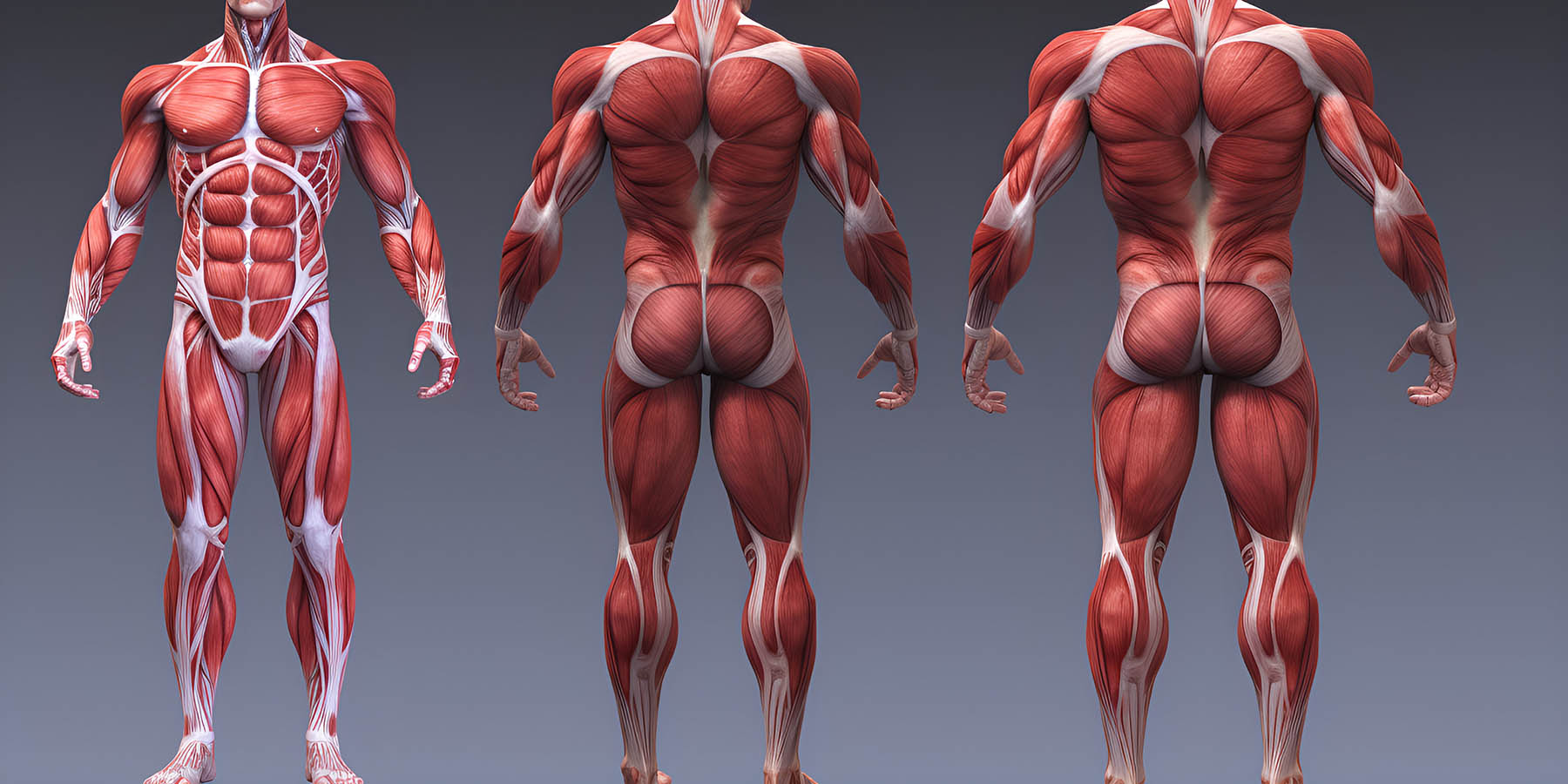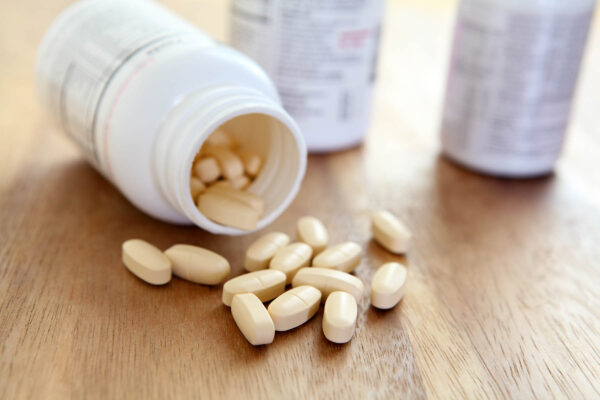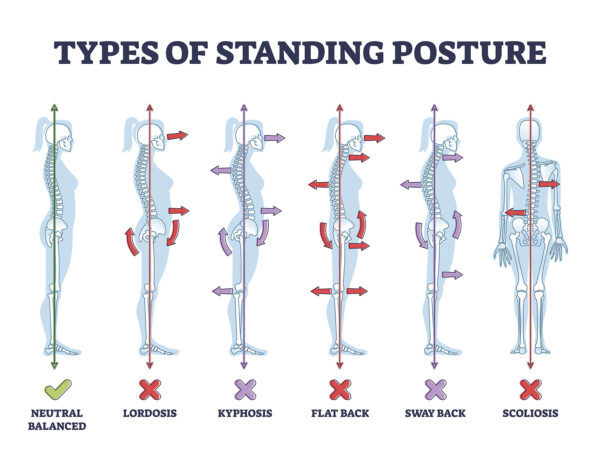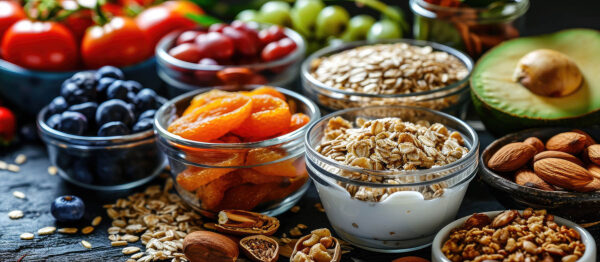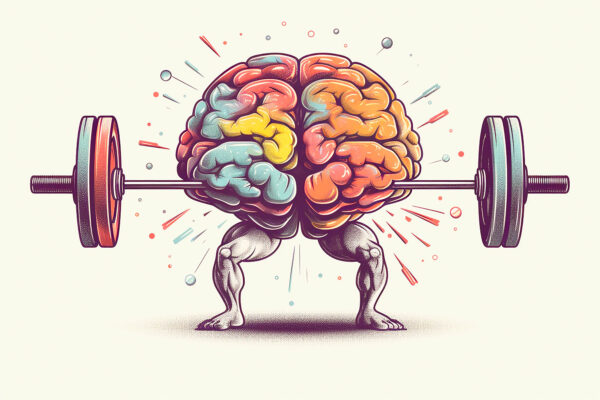Defining Muscle Hypertrophy
Muscle hypertrophy refers to the increase in the size of muscle cells. This phenomenon is the result of resistance training or mechanical overload, where the muscle fibers undergo trauma and subsequently repair and grow thicker. The primary driving factors for muscle hypertrophy include mechanical tension, metabolic stress, and muscle damage.
Myofibrillar vs. Sarcoplasmic Hypertrophy
There are two primary types of muscle hypertrophy:
- Myofibrillar Hypertrophy: This relates to an increase in the size and number of myofibrils – the contractile fibers in muscle cells. This type of hypertrophy leads to enhanced strength and is often associated with heavier, lower-repetition strength training.
- Sarcoplasmic Hypertrophy: Here, there’s an increase in the volume of the fluid (sarcoplasm) and energy stores within the muscle cell. This form of hypertrophy enhances muscle endurance and is often linked to higher-repetition, lower-weight resistance training.
The Role of Muscle Damage and Recovery
When we engage in resistance training, especially with exercises that we aren’t accustomed to, tiny tears occur in our muscle fibers. This damage stimulates a repair response, where the body triggers inflammation to send resources to the affected site. Following this, satellite cells – a type of stem cell – become activated, fusing to the damaged fibers and aiding in their repair and growth.
Protein Synthesis and Breakdown
Muscle growth is essentially a balance between protein synthesis (building) and protein breakdown (degradation). Resistance training accelerates protein synthesis, and with proper nutrition, especially an adequate intake of amino acids, this synthesis can exceed breakdown. Over time, this leads to a net gain in muscle protein and, subsequently, muscle growth.
Hormonal Influences on Hypertrophy
Hormones play a pivotal role in muscle hypertrophy. Testosterone, growth hormone, and insulin-like growth factor (IGF-1) are particularly vital.
- Testosterone: Enhances protein synthesis, reduces protein breakdown, and activates satellite cells.
- Growth Hormone: Boosts protein synthesis, promotes fat metabolism, and interacts with other hormones to support muscle growth.
- IGF-1: Works in tandem with growth hormone to amplify protein synthesis.
The Importance of Nutrition and Rest
While training provides the stimulus, nutrition and rest are paramount for muscle hypertrophy. Consuming protein-rich meals, particularly after workouts, supplies the essential amino acids for protein synthesis. Carbohydrates play a role by replenishing glycogen stores and releasing insulin – a hormone that helps drive amino acids into muscle cells. Additionally, adequate sleep and recovery time allow for optimal muscle repair and growth.
Adaptation Over Time: Progressive Overload
For continuous muscle hypertrophy, the principle of progressive overload is crucial. As muscles adapt to a particular resistance level, there’s a need for increased load or volume to continue inducing growth. This progression ensures that muscles are consistently challenged, preventing plateaus in development.
The Interplay of Genetics
While training and nutrition are within our control, genetics also play a role in muscle hypertrophy. Factors such as muscle fiber type distribution, hormonal levels, and metabolic rate can influence how easily an individual gains muscle. However, regardless of genetics, consistent training and proper nutrition can lead to significant muscle growth.
A Holistic Approach to Muscle Growth
Understanding the science of muscle hypertrophy underscores the importance of a holistic approach. It’s not just about lifting weights; it’s also about the recovery process, nutrition, hormonal balance, and consistent progression. By respecting the science and listening to one’s body, bodybuilders and athletes can optimize their muscle growth journey.

